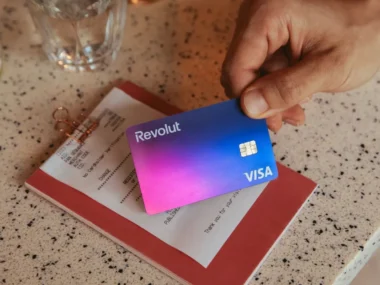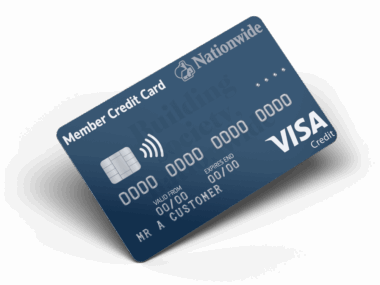If you’re thinking about borrowing money from a bank in the UK, you’re in good company. Bank loans are a common way to get the funds you need for things like home improvements, buying a car, consolidating debt, or covering unexpected expenses. But before you apply, it helps to know how the process works and what banks look for.
UK banks want to be confident that you can pay back the money. So, they check your income, your job, your credit history, and how much debt you already have. Getting a loan is about trust: the bank trusts you’ll repay, and you get the cash to manage your needs.
Types of Bank Loans Available
UK banks offer different types of loans depending on your situation:
-
Personal loans are the most popular. They’re usually unsecured, meaning you don’t have to offer any asset as collateral. You borrow a fixed amount and pay it back over a set period, often between 1 and 7 years.
-
Secured loans require something valuable like your house as security. Because the bank has a way to get their money back if you don’t pay, interest rates on secured loans tend to be lower.
-
Guarantor loans are for people with poor or no credit history. Someone else agrees to repay the loan if you can’t. These loans carry higher interest rates but can be a good way to build credit.
-
Debt consolidation loans let you combine multiple debts into a single loan, often with a lower interest rate and one monthly payment.
Each loan type has its pros and cons, so choosing the right one depends on your needs and financial situation.
What UK Banks Look For
When you apply for a loan, banks review a few key things:
-
Your credit score and history. Your credit report shows how you’ve handled borrowing and repaying money in the past. A higher score usually means better chances and lower interest rates.
-
Your income and employment status. Stable income proves you can afford the repayments. Banks may ask for payslips, bank statements, or tax returns.
-
Your existing debts. The bank calculates your debt-to-income ratio to understand how much you owe compared to how much you earn. Lower ratios are better.
-
Your residency status. UK residents with permanent or settled status have an easier time getting loans. Some lenders accept non-UK residents but may require a guarantor or more documentation.
How to Apply for a Bank Loan in the UK
Applying for a loan is straightforward, and many banks let you do it online:
-
Check your credit score. You can get this for free from services like Experian or Equifax. Knowing your score helps you understand your chances.
-
Compare loan offers. Use comparison sites like MoneySuperMarket find the best rates and terms.
-
Gather documents. You’ll usually need ID (passport or driver’s license), proof of address (utility bill or bank statement), proof of income, and bank statements.
-
Submit your application. Most banks allow online applications. You fill out personal and financial details, upload documents, and wait for a decision.
-
Review the offer. If approved, you’ll get loan details like amount, interest rate, term, and monthly repayment. Make sure you understand all fees and conditions.
-
Accept and receive funds. Once you agree, the money is usually transferred to your bank account within a few days.
What Are Typical Interest Rates and Fees?
Interest rates on UK personal loans vary widely, from around 3% to over 20% APR, depending on your credit score and whether the loan is secured or unsecured.
Secured loans usually have lower rates because of the reduced risk to the lender. Unsecured loans, while easier to get, may carry higher rates.
Be aware of any fees, such as early repayment charges, late payment fees, or arrangement fees. These can affect the overall cost of your loan.
What If You’re Rejected?
Loan rejection can happen, but it’s not the end. Common reasons include a low credit score, insufficient income, or high existing debt.
If this happens, ask the lender why. They usually provide feedback that can help you improve your profile.
Consider smaller loans or improving your credit history by paying bills on time and reducing existing debts before trying again.
Credit unions and peer-to-peer lending platforms like Zopa might offer alternatives if traditional banks say no.
Can Non-UK Residents Get Bank Loans?
Some UK banks do lend to non-residents, but it’s less common and usually comes with stricter conditions. You may need a UK-based guarantor or a higher income.
Your visa status and length of stay can affect eligibility. It’s best to talk directly with lenders or financial advisors who specialize in lending to immigrants.
Final Thoughts
Getting a bank loan in the UK can be a helpful financial tool if you approach it carefully. It’s not just about borrowing money—it’s about making sure you can manage repayments without stress.
The best loans come from knowing your credit score, shopping around for competitive offers, and picking a loan that fits your budget.
If you stay organized, pay on time, and borrow responsibly, a bank loan can help you reach your goals—whether that’s buying a car, improving your home, or managing debts more efficiently.
For the most current loan offers and advice, visit the Nationwide Building Society or Barclays websites to explore your options directly from trusted UK lenders.


